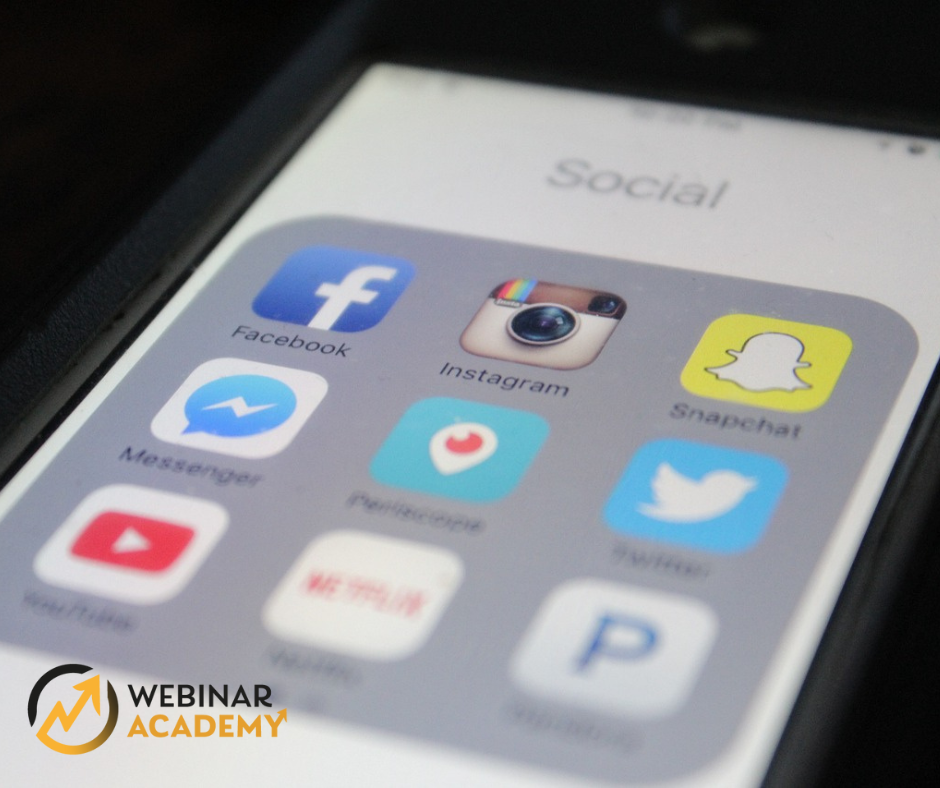The idea and fame of Snapchat
The idea behind Snapchat was quite simple. An app for your phone where you can share photos of moments in our lives. These photos, like moments, are fleeting, so after 24 hours they disappear. A simple and quite direct concept.
Well, around 2014 it undeniably appealed to young people. With the added inclusion of interesting or funny filters and stickers, SC won the hearts of young people who could share moments with their friends. At the same time, since uploaded Snaps and published Story disappear after a maximum of 24 hours, young people did not have to worry about a published photo being spread without their knowledge or accidentally discovered by unwanted people.
This allowed the app to be fun, creative, and to share experiences without restraint. Plus, because photos disappear so easily, no one wanted to miss out on a mutual friend's hilarious Story or a talented colleague's artistic photos. In short, all young people were consumed by the Snapchat craze.
And where there are susceptible demographics, there are brands. It wasn't long after the explosion in popularity that brands began to appear on the platform, initially in the form of exclusive content from labels such as Vogue, Buzzfeed, and the Wall Street Journal. Soon, however, the Discover tab began to populate, and brands not included began setting up their own accounts and experimenting with promotion within the available frameworks of action. H2: The wrong decision?
It has not been known for a long time that larger companies tend to cannibalise the smaller ones, whether through buyouts or outsmarting. This was no different in the case of Snapchat. When the app started to reach popularity around 2013, Facebook first tried to buy the rights to the app. Its creators refused, describing it as only a short-term gain. SC therefore remained independent. Unfortunately, this does not mean it was safe. Larger platforms started to 'pull' some features, encouraged by their popularity on the app. Facebook, for example, tried to create a whole new app called Poke, which was intended to be direct competition to Snapchat's disappearing messages. The attempt proved unsuccessful, but that did not mean the end of attempts.
In particular, the concept of Stories, disappearing after 24 hours of photo-status, available to all observers, quickly began to be copied by almost all major platforms, especially Facebook and Instagram, which drew attention away from SC. Eventually, after the biggest wave of popularity had passed, the number of active users dropped somewhat. Snapchat's original users 'grew up' and its media presence also quietened down.
And yet, although SC is now no longer as high-profile as it was at the peak of its wave of popularity, it looks like the app is still doing well.
Is anyone still using it?
Although it seems to have gone quiet about Snapchat, many users still appreciate its functionality. Specifically, more than 100 million active users, spending an average of half an hour on the app each day, making SC still rank in the top 15 of social media. Nowadays, it is also easy to use them for promotion, but even without using dedicated ad creation tools, SC can be a useful platform for recycling content. Smaller business owners in particular may want to appreciate this, as SC in particular provides free tools that make it easy for them to make adverts using already existing video content or images from a website. In addition, Snapchat's analytics page offers detailed data on the performance of our ads, as well as a host of useful tools, configurations, and options for fine-tuning our ad campaigns so that conversions reach the desired level.
Mastering them all, however, can be a little intimidating for those trying to use them for promotion for the first time. Therefore, it is worth preparing yourself before designing your first promotional campaign so that you can make the most of the tools available. One of the online courses on Webinar Academy can serve as a substantive element of preparation. Thanks to the accessible format and substantive knowledge guaranteed by the experts responsible for the substantive side of the courses, the webinars on Webinar Academy will be a great foundation on which we can build our campaign!

A marketing playground?
In addition to a range of useful tools, SC has quite a few different opportunities and fields for experimentation. This allows for creative ways to interact with the audience, such as through interactive Stories, occasional filters, the Discover page, etc. This gives smaller businesses the chance to strike out with creative solutions and thinking outside the box, at the same time not having to pump hundreds of thousands into paid advertising. And while Snapchat is a very specific niche that may not be suited to everyone, it can still offer a great opportunity for those willing to put a little effort into it.
Although Snapchat has quietened down a little after its explosion in the first half of the 2010s, this app is still very active, eagerly used by almost 75% of young people. It's a great platform for smaller, creative businesses and brands that want tight control over their advertising budget and aren't afraid to experiment in their interactions with customers. To learn how to plan a promotional strategy for Snapchat and make the most of its potential, visit the Webinar Academy for expert feedback!
